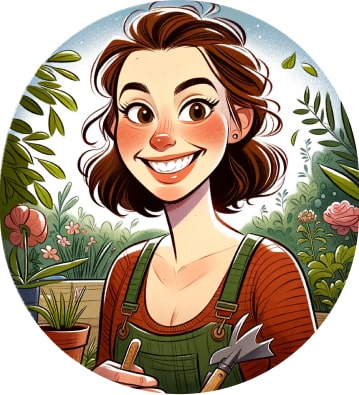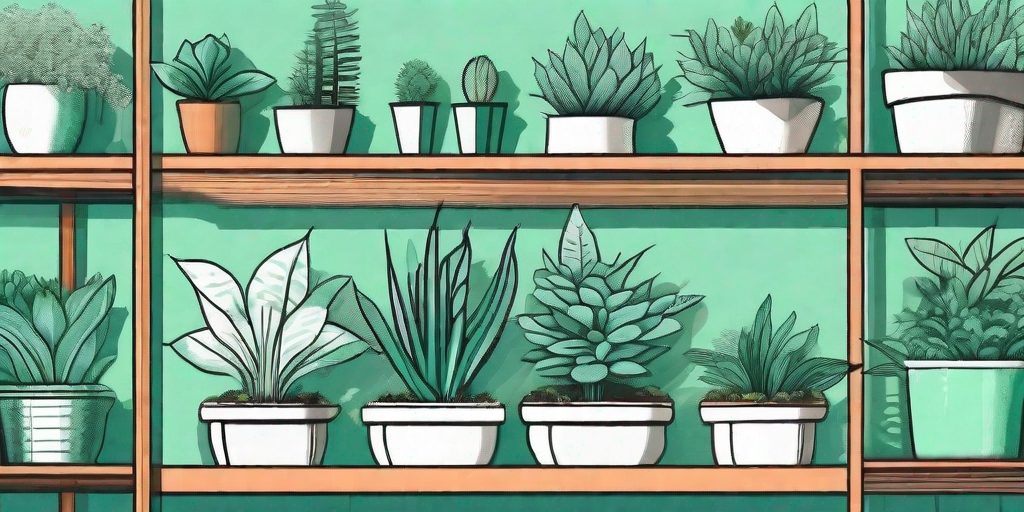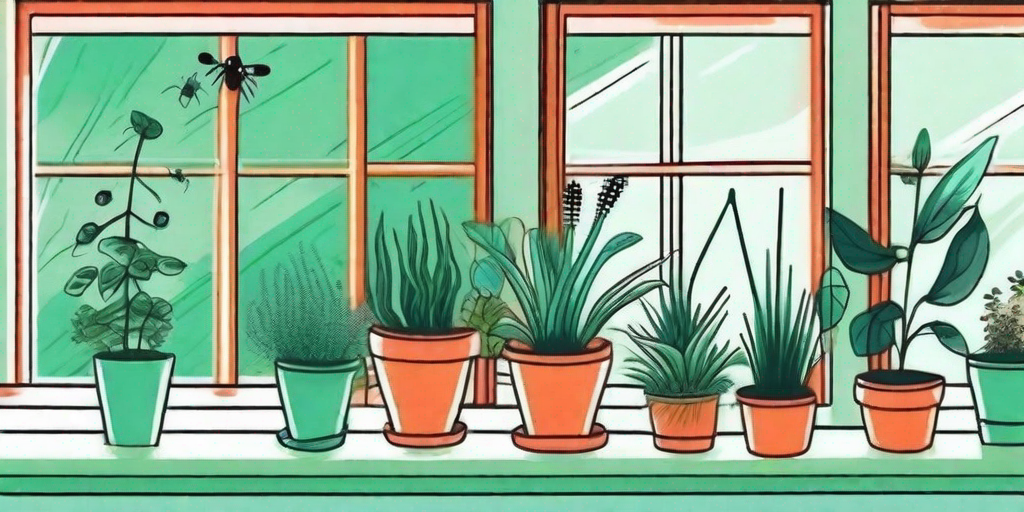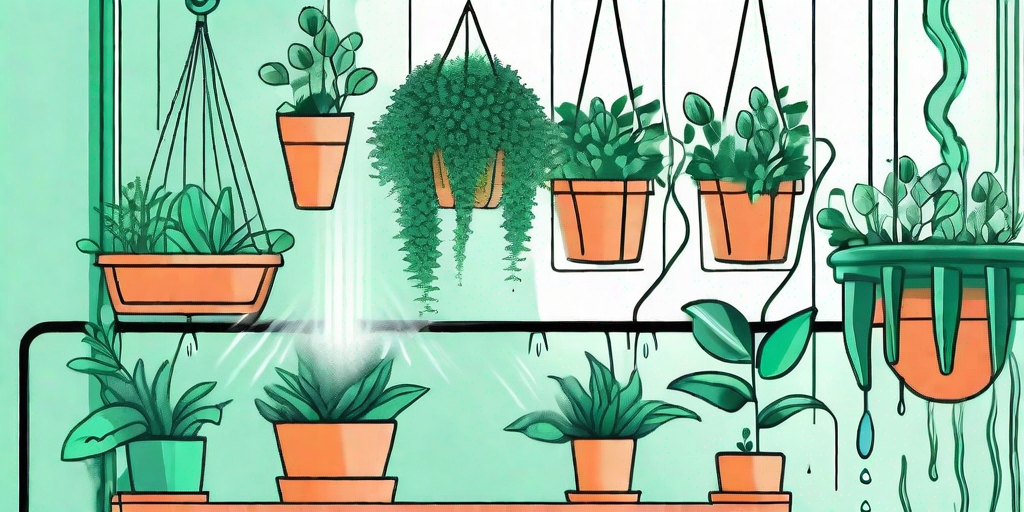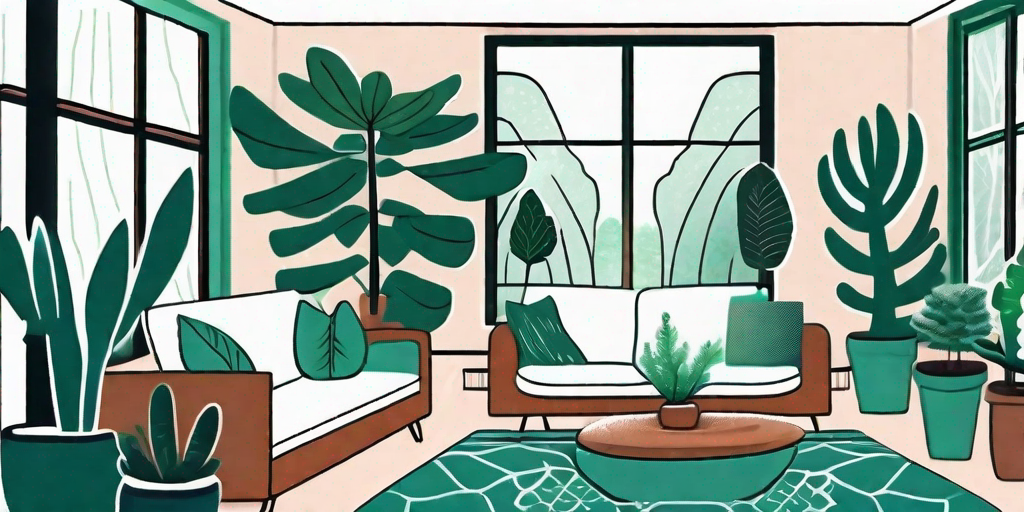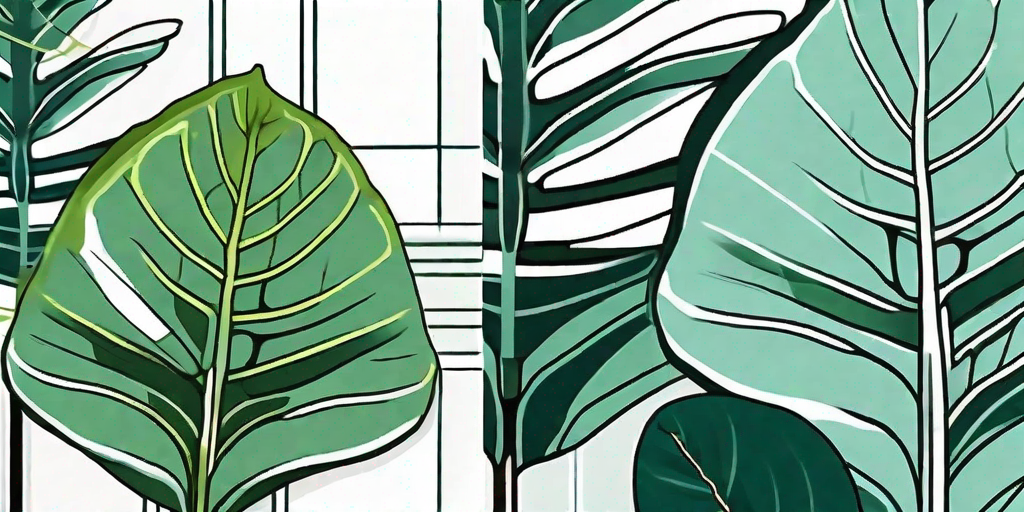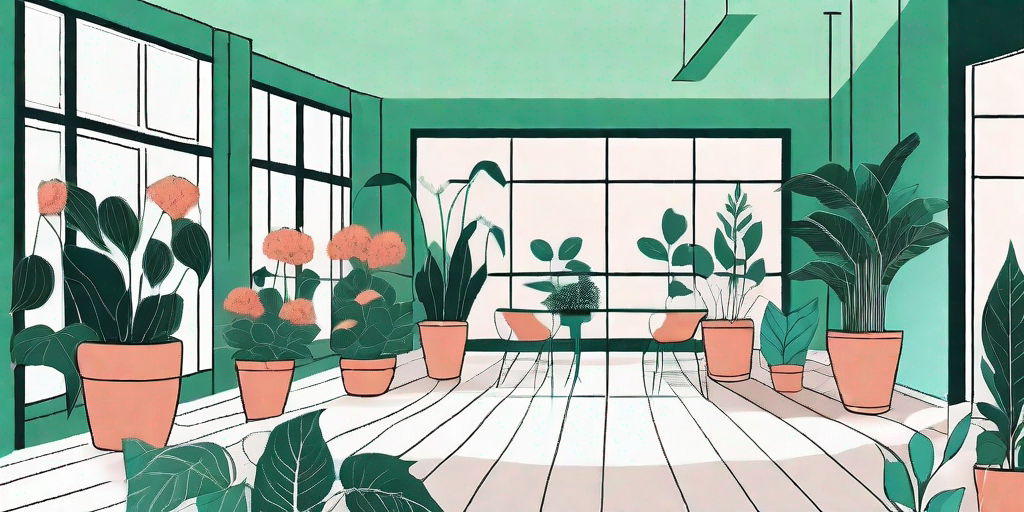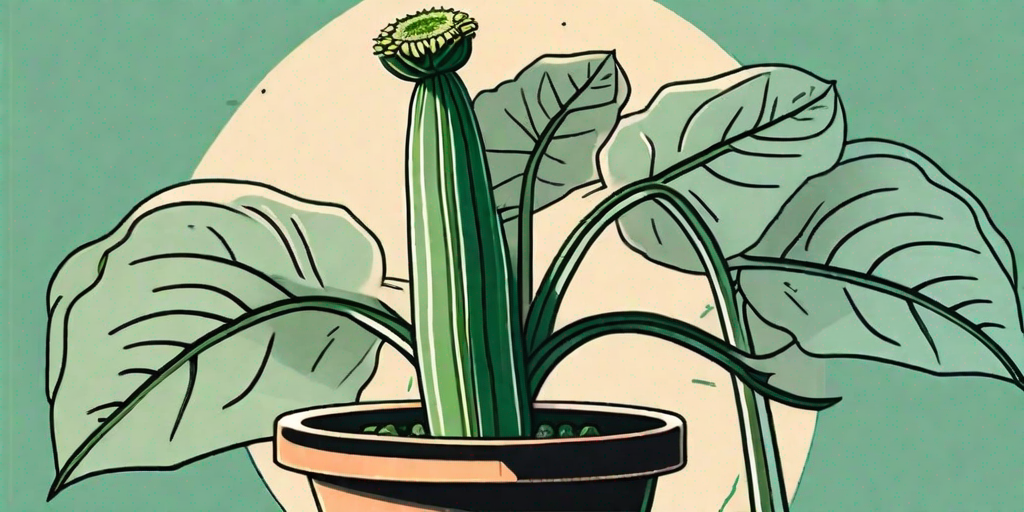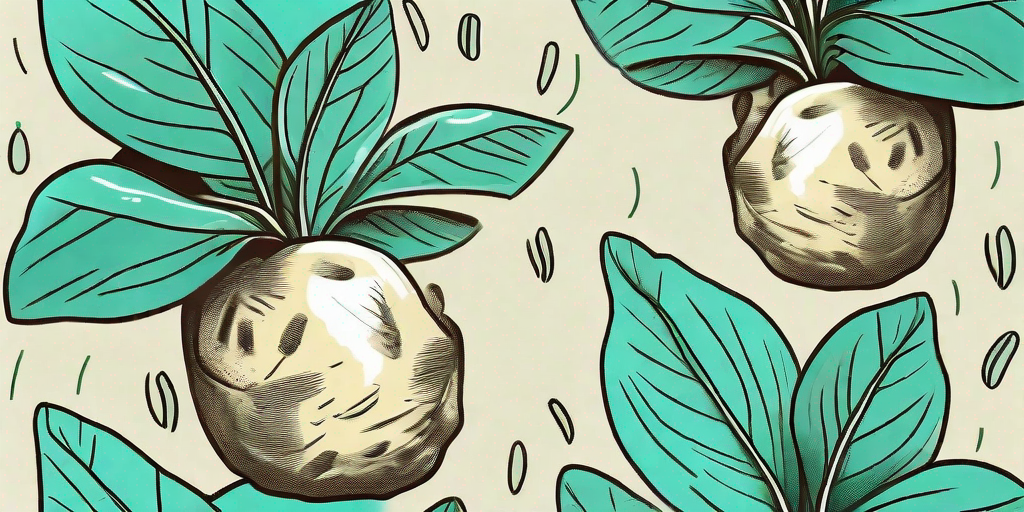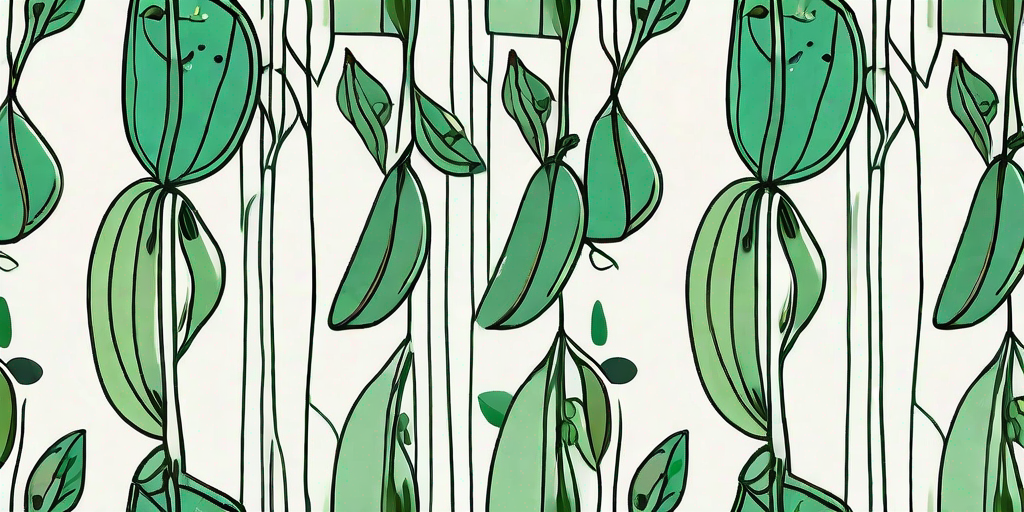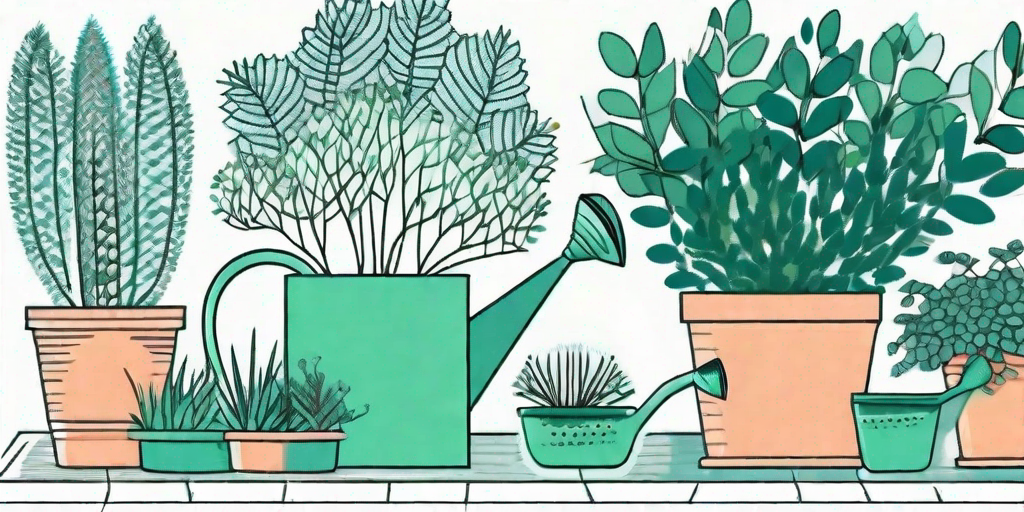
Welcome, dear green-thumbed reader! If you're here, it's probably because you're looking to maximize the potential of your indoor garden. You're ready to squeeze every last bit of green goodness out of your available space. And we're here to help you do just that. So, let's get into the nitty-gritty of plant density per square foot, shall we?
Understanding Plant Density
Before we dive into the deep end of the pool, let's first make sure we're all on the same page about what plant density actually is. In the simplest terms, plant density refers to the number of plants that can comfortably grow in a given area. It's like a house party for your plants - you want to invite as many as possible, but not so many that they're stepping on each other's leaves.
Why does plant density matter, you ask? Well, it's all about balance. Too few plants, and you're not making the most of your space. Too many, and they'll compete for resources, leading to weaker, less healthy plants. So, finding the perfect plant density is key to a flourishing indoor garden.
Factors Influencing Plant Density
Now that we've covered the basics, let's look at some of the factors that can influence plant density. This will help you understand how to adjust your plant density to suit your specific circumstances.
Light
Just like us, plants need light to thrive. But not all plants need the same amount of light. Some plants are like sunbathing beach bums, while others prefer the cool, shady forest floor. So, when planning your indoor garden, consider the light requirements of your plants. If you have a lot of light-loving plants, you might need to space them out more to ensure they all get their fair share of sunshine.
Water
Water is another crucial factor. Some plants are like camels, able to survive on very little water. Others are more like fish, needing a lot of water to thrive. So, consider the water needs of your plants when deciding on plant density. Plants that need a lot of water might need more space to ensure they get enough.
Size
Finally, consider the size of your plants. A tiny succulent isn't going to take up as much space as a sprawling fern. So, you'll need to adjust your plant density accordingly. Remember, it's not just about the number of plants, but the amount of space they take up.
Calculating the Perfect Plant Density
Now that we've covered the factors influencing plant density, let's get down to brass tacks: how do you actually calculate the perfect plant density for your indoor garden? Well, it's not an exact science, but here's a rough guide to get you started.
Step 1: Measure Your Space
First things first, you need to know how much space you're working with. So, grab your measuring tape and get to work. Measure the length and width of your space to calculate the total square footage. This is your canvas, so make sure you know its dimensions.
Step 2: Consider Your Plants
Next, think about the plants you want to grow. Consider their light, water, and size needs, as we discussed earlier. This will help you determine how many plants you can comfortably fit in your space.
Step 3: Do the Math
Now, it's time to do some math. Don't worry, it's not too complicated. Simply divide your total square footage by the space each plant needs. This will give you a rough idea of how many plants you can fit in your space.
FAQs
What is the ideal plant density for indoor gardens?
There's no one-size-fits-all answer to this, as it depends on the specific needs of your plants. However, a good rule of thumb is to aim for a density that allows each plant to receive adequate light and water, without overcrowding.
Can I increase plant density by using vertical space?
Absolutely! Vertical gardening is a great way to increase your plant density without overcrowding. Just make sure each plant still gets enough light and water.
How often should I adjust my plant density?
It's a good idea to reassess your plant density every few months, or whenever you add new plants to your garden. This will help ensure all your plants continue to thrive.
Conclusion
There you have it, folks! The ins and outs of maximizing your indoor garden space. Remember, the perfect plant density is all about balance. So, keep your plants' needs in mind, do your calculations, and adjust as necessary. Happy gardening!


